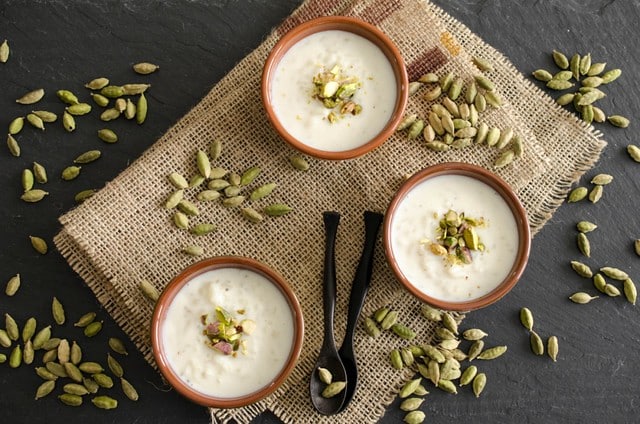Blog
What is the most famous dessert in India?

The dessert’s origins are often traced back to medieval India, influenced by Persian and Mughal cuisines. The recipe has evolved over the centuries and has been embraced and adapted by different regions in India, each adding its unique touch. For instance, some regions prefer a slightly denser version of the balls, while others add nuts or saffron for an enhanced flavor.
Gulab Jamun’s popularity in India transcends regional and religious boundaries, making it a unifying element in the diverse culinary landscape of the country. It’s not just a sweet treat but a part of the Indian identity, often evoking nostalgia and sentiments of home and festivity. The dessert has also made its way into the global culinary scene, becoming a representative of Indian sweets on international platforms.
In modern times, Gulab Jamun continues to evolve, with chefs and home cooks experimenting with ingredients and presentations. From being served with ice cream to being reimagined in cakes and pastries, the versatility of Gulab Jamun is a testament to its enduring appeal.
In conclusion, Gulab Jamun is much more than just a dessert in India. It’s a symbol of joy and celebration, a piece of culinary history, and a testament to the country’s rich cultural tapestry. Whether served at a street stall or in a high-end restaurant, it continues to be cherished by millions, making it arguably the most famous dessert in India.
FAQ:



